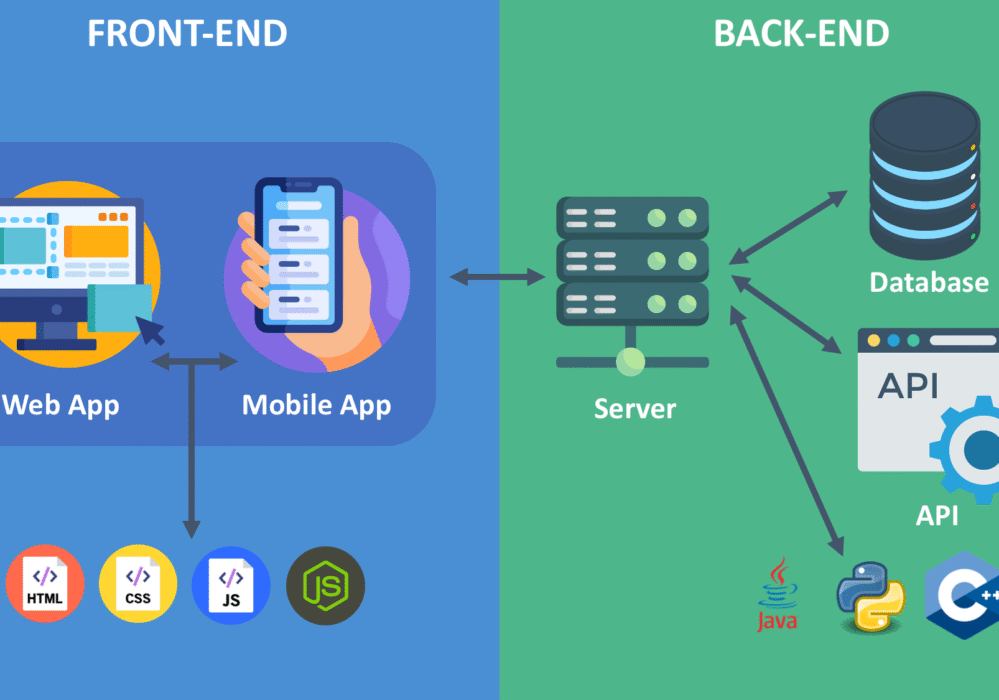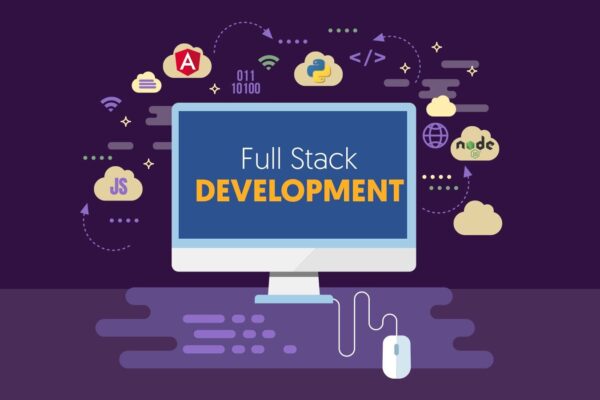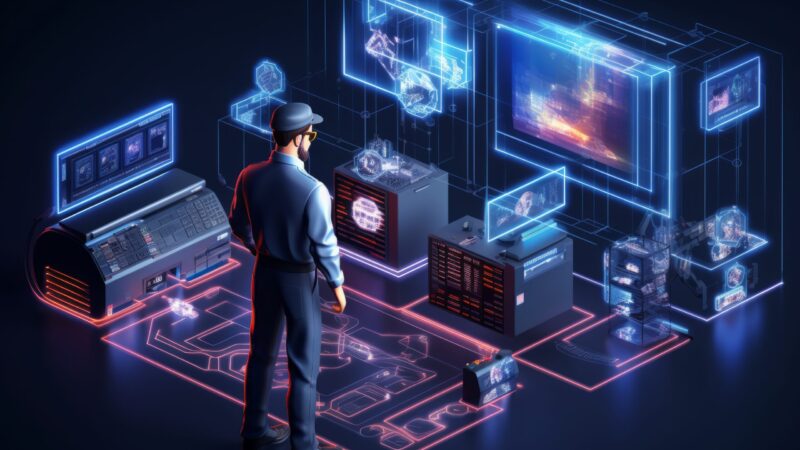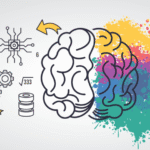The Future of Full-Stack Development: Trends to Watch in 2025
Introduction
The world of web development is transforming faster than ever. Today’s full-stack developers are more than just coders — they’re architects of digital experiences, balancing innovation, security, and performance. By 2025, their role goes beyond stitching together front-end and back-end code. They’re integrating AI, cloud computing, and automation to build smart, scalable systems that evolve as fast as user expectations.
At Sanvima, we embrace this new era of development — combining React, PHP, WordPress, and cloud technologies to create full-stack solutions that are fast, secure, and ready for the future.
What Defines the Future of Full-Stack Development
Modern full-stack development is about adaptability. It’s no longer enough to know a few programming languages — the real skill lies in connecting technologies to create seamless, intelligent applications.
Developers are now building systems that think, react, and learn. AI tools like GitHub Copilot are already helping generate cleaner, faster code, while automation frameworks test and deploy apps with minimal human input. Instead of spending hours debugging, developers focus on improving user experience, security, and scalability.
This shift is freeing up creative energy — developers are now designers of digital ecosystems, not just interfaces.

The Evolution of Architecture
In the past, apps were built as massive monoliths — one big system where everything depended on everything else. If one part failed, the entire app could break.
By 2025, this has changed. Developers are breaking these monoliths into microservices — smaller, independent parts that handle one task each.
This modular approach makes apps more flexible and resilient. Updates can roll out faster, crashes affect fewer users, and scaling becomes easier. Pair that with serverless computing and cloud-native design, and developers can now build apps that adjust automatically to demand — no manual maintenance, no downtime.
At Sanvima, we use this same approach to ensure every web app remains smooth and responsive, even during high-traffic hours.
AI and the Developer’s New Partner
Artificial Intelligence is quietly reshaping how development happens. It’s not replacing developers — it’s enhancing them.
AI-assisted coding helps identify bugs before they become issues. Predictive analytics suggests improvements for speed and user engagement. On the front end, AI even learns from user behavior — adapting layouts, themes, or recommendations in real time.
This kind of intelligence allows developers to focus on experience over execution — creating apps that respond more naturally to human needs.
The result? Smarter code, faster performance, and experiences that feel intuitive from the first click.
Bridging Front-End and Back-End
Full-stack developers have always been the link between the user and the technology. But that bridge is evolving.
Frameworks like React, Next.js, and TypeScript are making front-end interfaces cleaner and more interactive, while back-end languages like PHP and Node.js handle logic and data efficiently.
Now, everything connects through APIs — the silent messengers between systems. APIs allow different platforms, from payment gateways to analytics tools, to talk to each other effortlessly.

Security and Performance: The Invisible Core
In 2025, users expect lightning-fast apps — but they also demand safety. Every second counts, and every click must feel secure.
Developers are adopting secure-by-design principles — encrypting data, implementing token-based access, and monitoring real-time threats. Cloud-native security tools automatically detect vulnerabilities before users ever notice.
At Sanvima, our development process prioritizes both speed and safety — optimizing load times while protecting sensitive information. Because a fast app means nothing if it isn’t trusted.
Low-code and no-code platforms aren’t replacing developers — they’re becoming their creative allies.
Instead of writing every line from scratch, developers use these tools to prototype quickly, test ideas, and then build custom features over them. It’s collaboration between automation and expertise — a partnership that speeds up development without compromising quality.

The Continuous Learner
Full-stack development isn’t static. The best developers in 2025 will be those who keep learning — about new frameworks, cloud services, and AI integrations. With DevOps pipelines, CI/CD automation, and containerization now standard, adaptability has become a developer’s greatest skill.
At Sanvima, we treat continuous learning as part of our culture — not just to keep up, but to stay ahead.
Conclusion
The future of full-stack development is about connection — between technologies, between creativity and logic, and ultimately, between people and experiences.
Developers who embrace AI, microservices, serverless computing, and modern frameworks will shape digital experiences that are faster, smarter, and more human.
At Sanvima, we’re already building that future — crafting full-stack web applications that are scalable, secure, and ready for the next generation of innovation.




